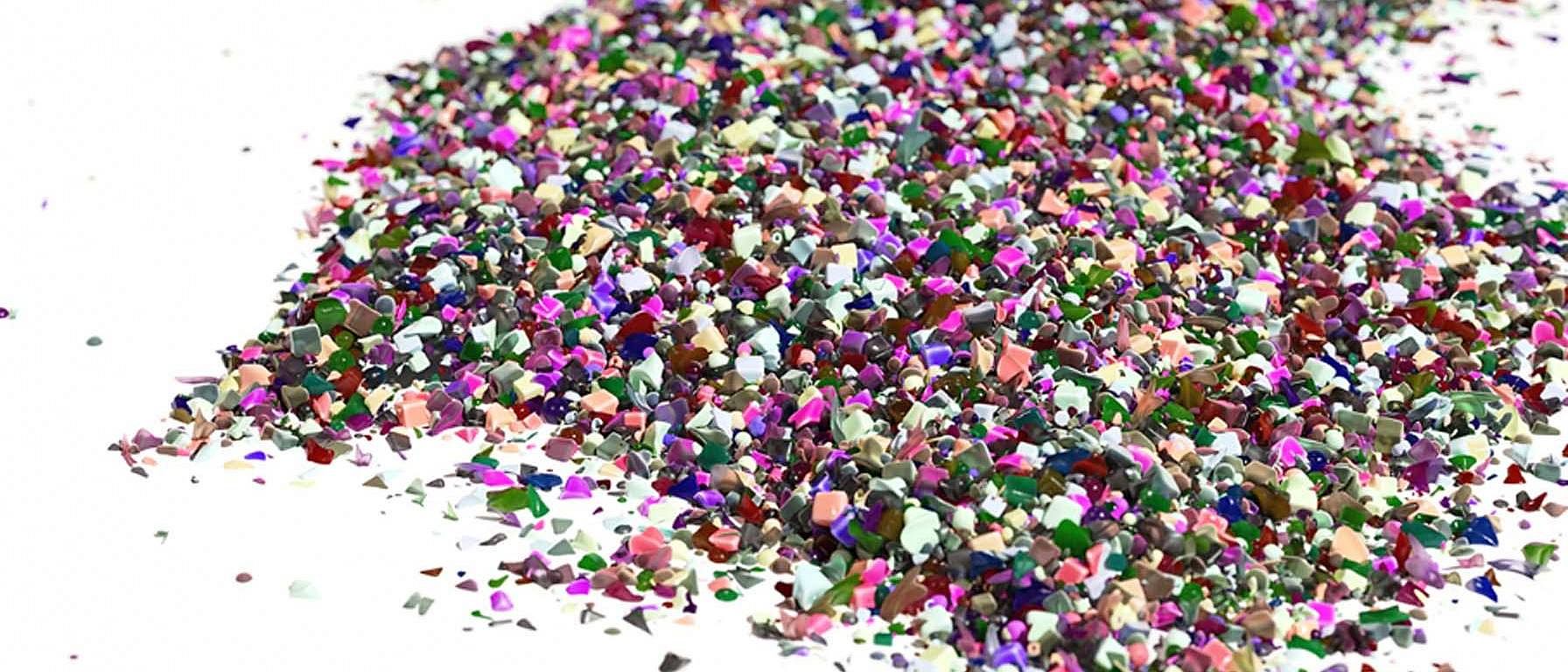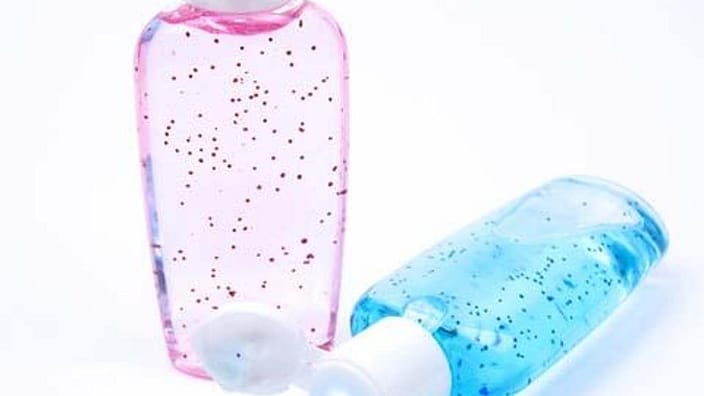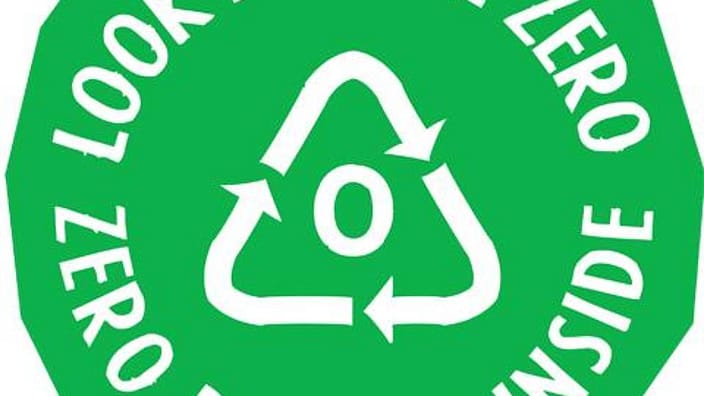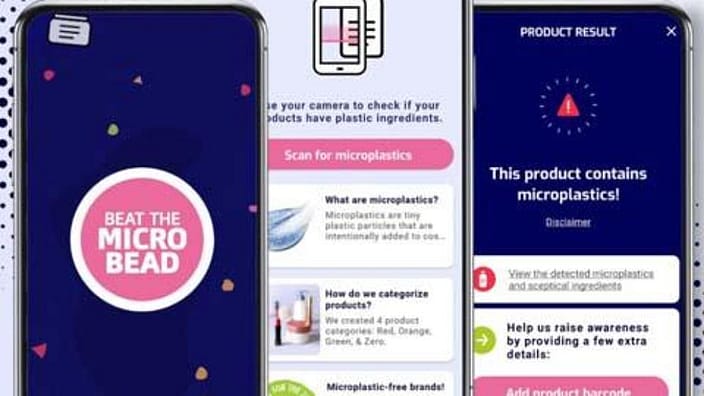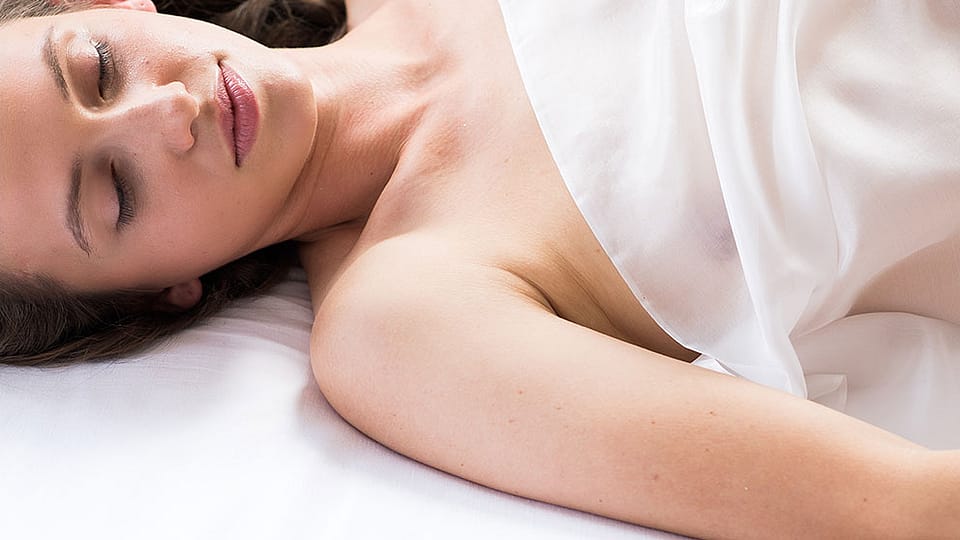The 'hidden' plastics in our beauty products
Plastic in cosmetics and skincare is a big global problem and it is not just microbeads we are talking about.
When we look to buy ‘plastic free’ beauty, we usually think of plastic packaging, or the little gritty plastic microbeads in body scrubs and exfoliating rinse-off products. Microbeads from personal care products enter our waterways and soils simply by being used in the shower or sink and washed down the drain, where they can have a damaging effect on marine life, the environment and human health. While microbeads are banned in some countries around the world, they are not yet banned in Australia and industry is working only on the basis of a voluntary phase-out for personal care, skincare and cosmetic products at the moment.
Dr Mark Smith from NATRUE explains:
“Once they are rinsed down the drain, and eventually into the water treatment system, due to their small size, microplastics can easily pass through the filters of water treatment plants and end up in the oceans and seas. Here, because they are insoluble in water and non-biodegradable, they can accumulate, polluting and damaging the marine environment. Researchers from the universities of Bristol and Oxford found out in 2016 that even deep-sea creatures are ingesting microbeads - evidence of microbeads was found in hermit crabs, squat lobsters and sea cucumbers, at depths of between 300m and 1,800m.”
But did you know there could be ‘hidden’ microplastics inside your beauty products – synthetic polymers in liquid or semi-liquid form, invisible to the naked eye, that are equally undesirable?
Katie Hill, editor of MyGreenPod magazine comments:
“Synthetic polymers are still used in the majority of mainstream cosmetics because most people are simply unaware they’re there and haven’t called for change. Very little is known about how synthetic polymers react in nature, in terms of persistence, toxicity or bioaccumulation; their widespread use underlines the urgent need for more research. If we all avoided synthetic ingredients and chose only natural cosmetics, our shopping habits would spur manufacturers to change their formulations.”
Why are synthetic polymers lurking in our beauty products?
We normally associate substances like Teflon, Nylon, Polypropylene and Polystyrene with non-stick frying pans and packaging. But did you know, you can also find them in cosmetics and personal care products?
Researcher Helen Lynn, who has worked on issues linking women, health and the environment at the Women’s Environmental Network where she initiated the Getting Lippy campaign on harmful ingredients in cosmetics, explains: “Microplastics can be found in many different forms in the personal care products we use daily, including in powder or liquid form called polymers. Plastic ingredients are used in deodorants, shampoo, lipsticks, shaving creams, eye shadows, even baby care products. Their function in personal care products may be to form films, bind and bulk out products, deliver other ingredients to the skin, or control viscosity. While the amounts of plastic type ingredients in cosmetics can be at low levels, it’s the repeated, daily, low dose exposure that can affect our health. Plus, we may be exposed multiple times, not only when we use the products but when we dispose of them and they contaminate our air, soil and water.”
While many of these substances give cause for concern in relation to our health and their impact on our skin, once they are washed down the drain into our rivers and oceans, they can leach toxic ingredients and take hundreds of years to biodegrade. Helen continues:
If we take a look at one or two of the most common ‘hidden plastics’, we can see where and why these tend to be used, and can learn to look out for them on packaging:
Sodium Polyacrylate
A super absorbent non-biodegradable polymer that forms a thick gel to help maintain a product’s consistency. Used to thicken, stabilise, or provide emollient type benefits. Known toxins can be formed during its synthetic processing. It was removed from tampons due to its association with Toxic Shock Syndrome, but can be found in cosmetics where it is used as a hydrogel, to control viscosity, and as a skin-conditioning agent.
Polyethylene glycols (PEGs)
PEGs are a family of synthetic polymers made from ethylene oxide, which are combined with various other substances. They vary in structure from a thick and sticky liquid to a solid. In cosmetics, PEGs function in three ways: as emollients (which help soften and lubricate the skin), as emulsifiers (which help water-based and oil-based ingredients mix properly), and as penetration enhancers that help deliver other ingredients deeper into the skin. They are used in bath products, shaving products, skin care products, make-up, skin cleansing products, shampoo, hair conditioners and deodorant. Some PEGs are comedogenic (pore blocking) and some may be skin irritants, but more worryingly they have the potential to form contaminants such as 1,4-dioxane during manufacture. 1,4-dioxane is banned from use in cosmetics in the EU at it is classified as a potential human carcinogen. Contaminants in PEGs such as 1,4 Dioxane can be carried deep into the skin because of their skin penetration abilities. Additionally there seems to be a considerable lack of evidence as to PEGs environmental fate.
As The Plastic Soup Foundation points out:
“The health impacts of plastic in all its forms should be a major concern for all of us. We are exposing ourselves to chemicals that are proving to be dangerous to our health and to the health of our fellow species. This is alarming!”
How can we avoid microplastics in our skincare?
Here are three easy suggestions:
1. Look out for respected natural or organic certification logos on your cosmetics
Katie recommends: “The simplest and most effective thing you can do is opt for completely natural products, that meet the strict NATRUE or COSMOS standards and definitions of natural and organic cosmetics.”
Mark explains: “Microplastics cannot be used in NATRUE-certified products because they are usually synthetic plastic polymers manufactured from fossil fuels. Since no substance of petrochemical origin is permitted in the NATRUE criteria, semi-solid and liquid microplastics are also excluded. This means that there will never be any ingredients like polyquaterniums, dimethicone and other silicones, PEGs, acrylates or other acrylic derived materials like carbomer in NATRUE labelled finished products.”
“In the often long ingredients declaration printed on pack, in the tiniest of fonts, it can be difficult to spot microplastics. Far simpler is to swop to only using authentically natural and organic products, and ones that are certified to contain no artificial additives, such as brands bearing the NATRUE seal on their products. NATRUE certification prohibits the use of microplastics from its certified cosmetics. Products that bear the NATRUE seal will never include microplastics.”
2. Look for the 'Zero Plastic Inside' logo on brands’ websites
Well ahead of the 2018 legislation banning plastic microbeads, Weleda received certification from international organisation the Plastic Soup Foundation for Weleda’s commitment to manufacturing natural and organic cosmetics with 'Zero Plastic Inside'.
"Brands and companies that do not use microplastic ingredients in their products can carry the Zero Plastic Inside logo. At a glance, this logo makes it clear for consumers that a product is guaranteed 100% free of microplastic ingredients. You can also have a look at our Guide to Microplastics and check the products yourself", advises the Plastic Soup Foundation.
3. Download the Beat The Microbead app to check ingredients in store
The Plastic Soup Foundation has recently introduced a free app for consumers to use when shopping: “The free Beat the Microbead app reads the ingredient lists on the packaging and recognises more than 500 different types of microplastics. The user can immediately see whether the scanned product contains microplastics and, if so, which ones. The app works like a traffic light: red for more than 500 officially recognised microplastics; orange for the so-called sceptical plastics, of which it is not yet proven whether they are dangerous to humans and the environment; and ‘green’ for all products that do not contain ‘red’ or ‘orange’ plastics.”
“If you want to do your bit, make sure your money only goes to brands that are transparent about the issues, honest about how they’re addressing them, and genuine in their efforts to change the world for the better”, sums up Katie.
The Plastic Soup Foundation RED FLAG ingredients:
- Acrylates Copolymer
- Acrylates Crosspolymer
- Butylene
- Carbomer
- Dimethicone
- Ethylene
- Methacrylate Copolymer
- Methacrylate Crosspolymer
- Methyl Methacrylate Copolymer
- Methyl Methacrylate Crosspolymer
- Nylon
- Polyacrylamide
- Polyacrylate
- Polypropylene
- Polyurethane
- Polyvinyl
- Propylene Copolymer or Polypropylene
- PVP
- Styrene Copolymer
- Tetrafluoroethylene
- Vinyl Acetate Copolymer
- VP/VA Copolymer
Further references:
(1) https://data.europa.eu/euodp/en/data/dataset/cosmetic-ingredient-database-2-list-of-substances-prohibited-in-cosmetic-products
(2) https://www.theguardian.com/us-news/2019/may/22/chemicals-in-cosmetics-us-restricted-eu
(3) http://www.safecosmetics.org/get-the-facts/regulations/international-laws
